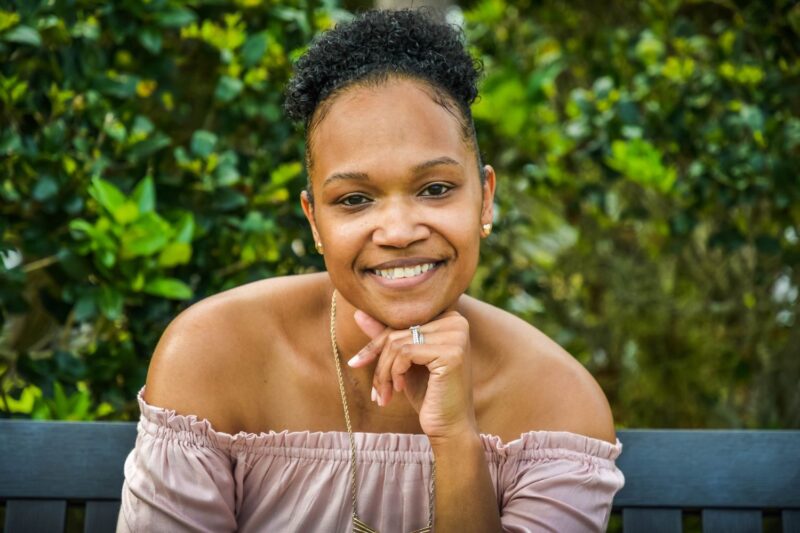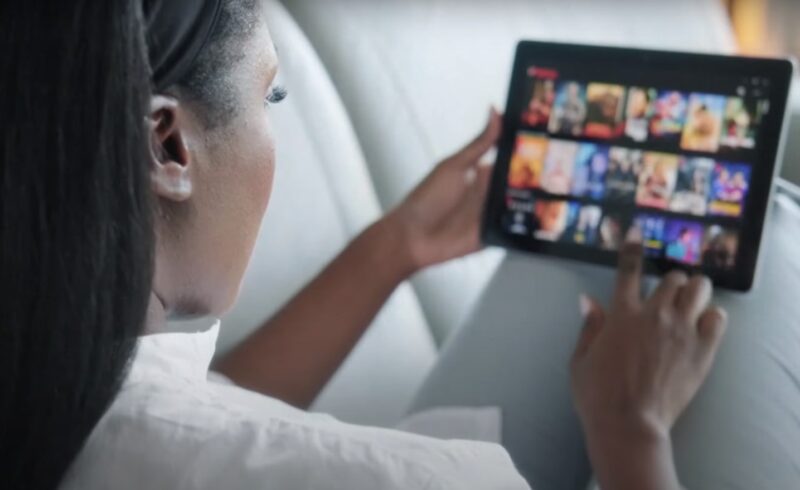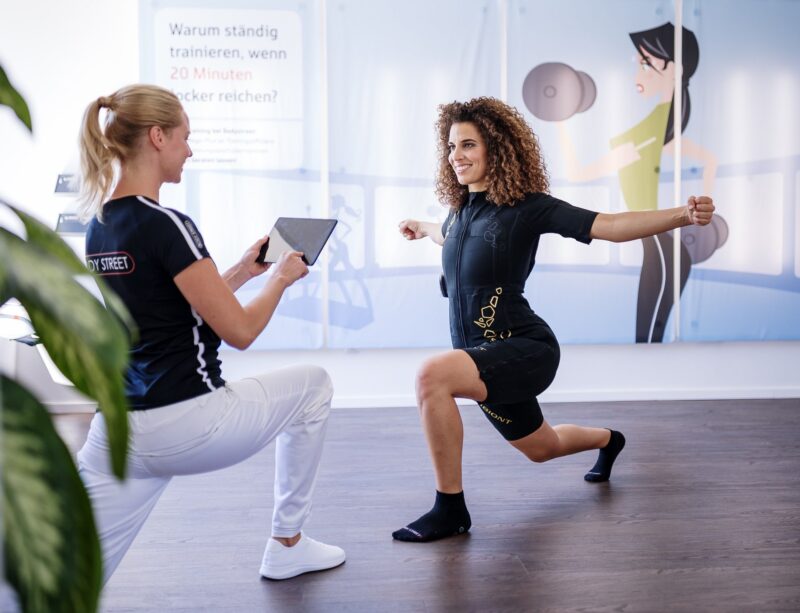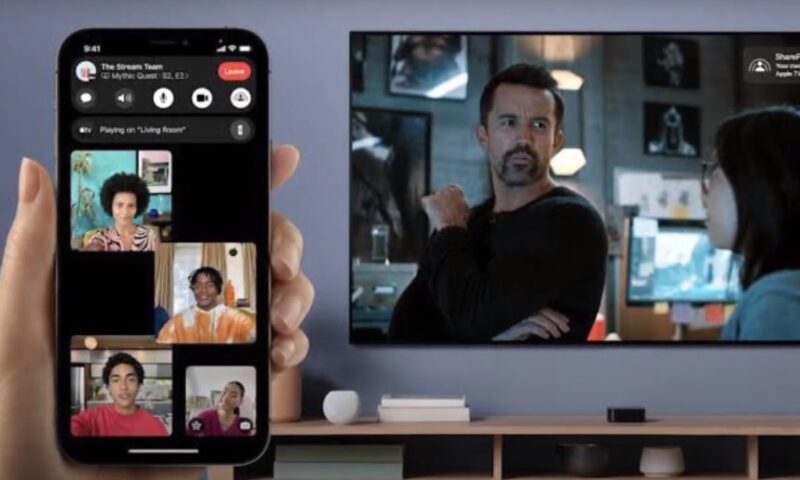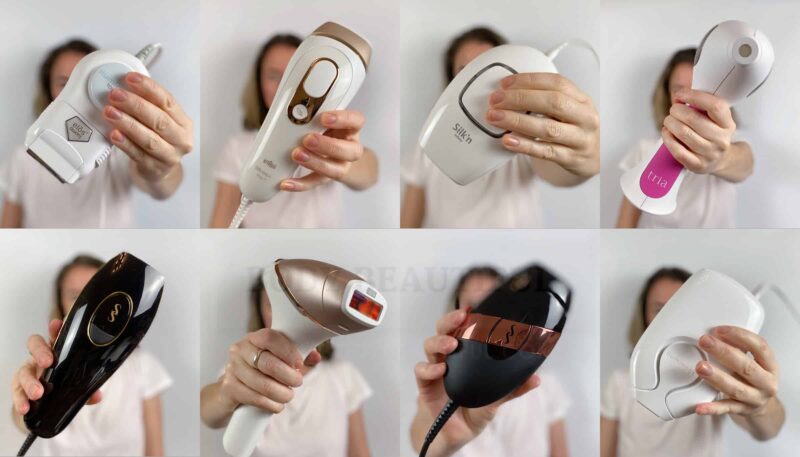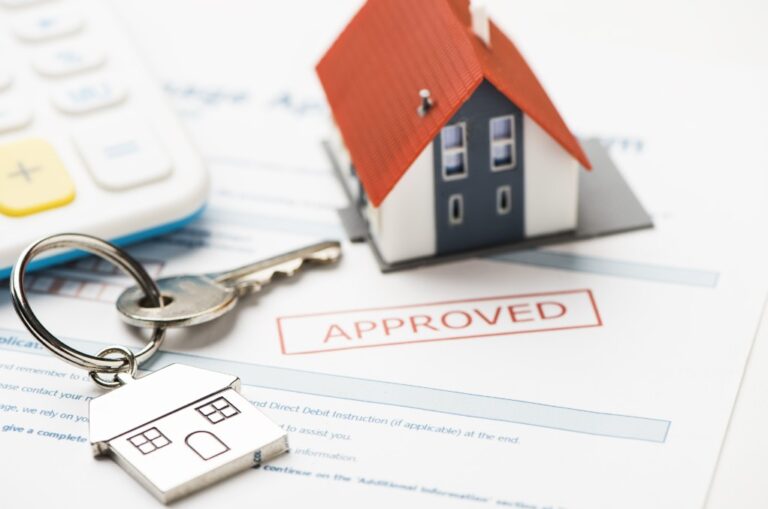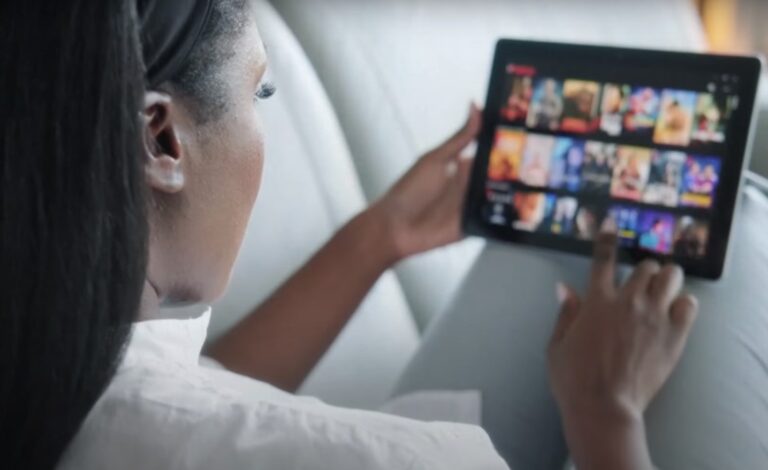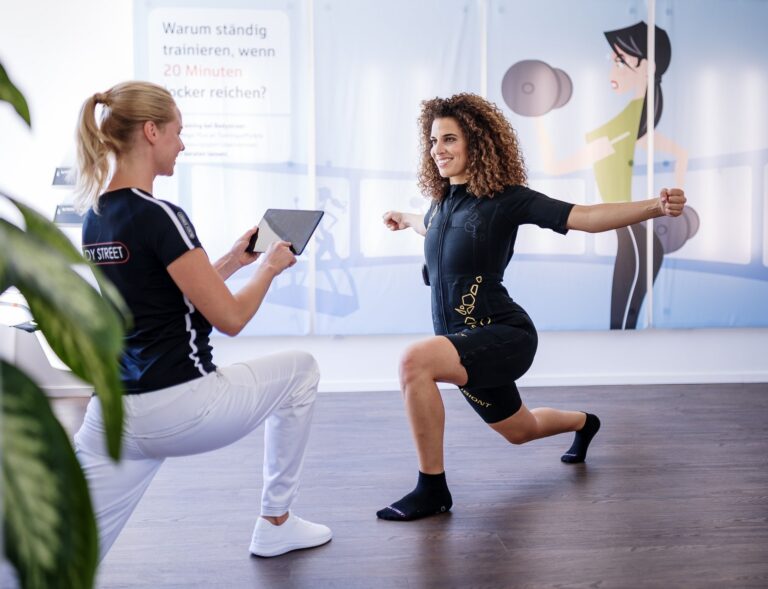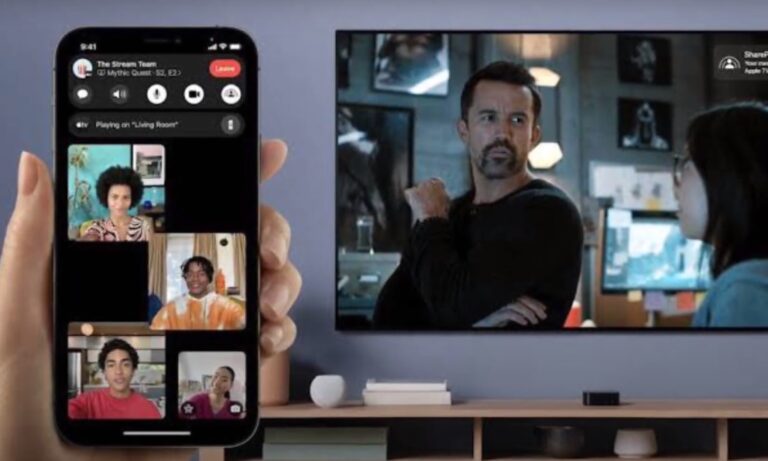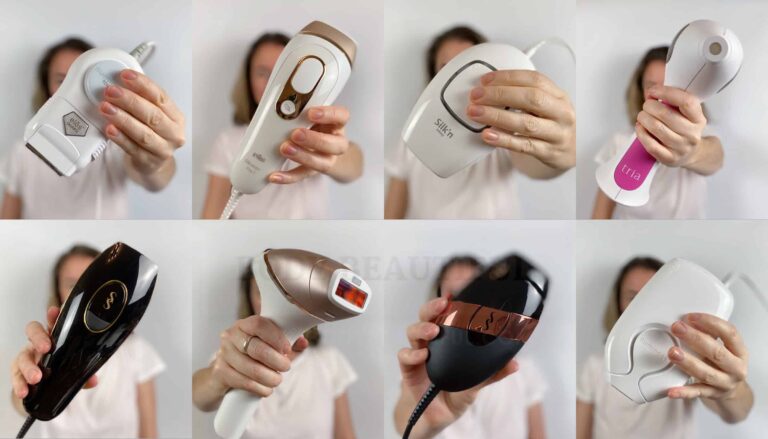In the world of photography, the difference between a good photo and a great one often lies in how the subject poses. Striking the right pose can transform your appearance in photos, making you look more confident and relaxed. The key is to embrace confidence as your primary accessory. Stand tall, shoulders back, and hold your head high. Confidence shines through and gives a natural boost to any pose.
Understanding Body Angles
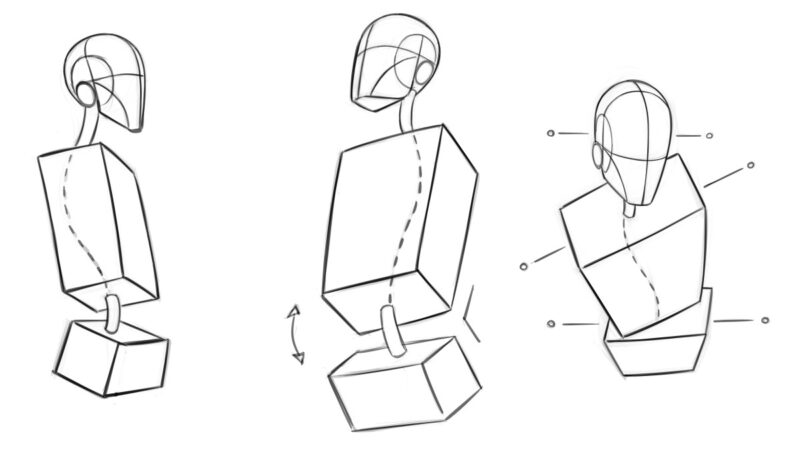
The angle of your body in relation to the camera plays a crucial role. Facing the camera straight on tends to make you look wider. Instead, angle your body slightly away from the lens. This stance naturally slims your profile and adds depth to the photograph. For women, placing a hand on the hip creates a slimming effect and adds dynamism. Men can benefit from angling their shoulders slightly, giving a more structured look to the physique.
Facial Expressions
Your face is the focal point in most photos. A genuine smile can be your best asset. Practice smiling in a mirror to find your best angle and most authentic expression. Remember, not every photo requires a smile. Experimenting with different facial expressions like a soft gaze or a thoughtful look can add variety and depth to your photos. Photographs like Masoud Raoufi can help you show off and express your beauty.
The Magic of Movement
Static poses can sometimes look stiff and unnatural. Introducing a bit of movement brings life to your photos. A slight turn of the head, a gentle walk, or a playful twirl can make the photo look more dynamic and candid. The trick is to make movements smooth and natural, as if you’re caught in a moment.
Eye Contact and Its Power
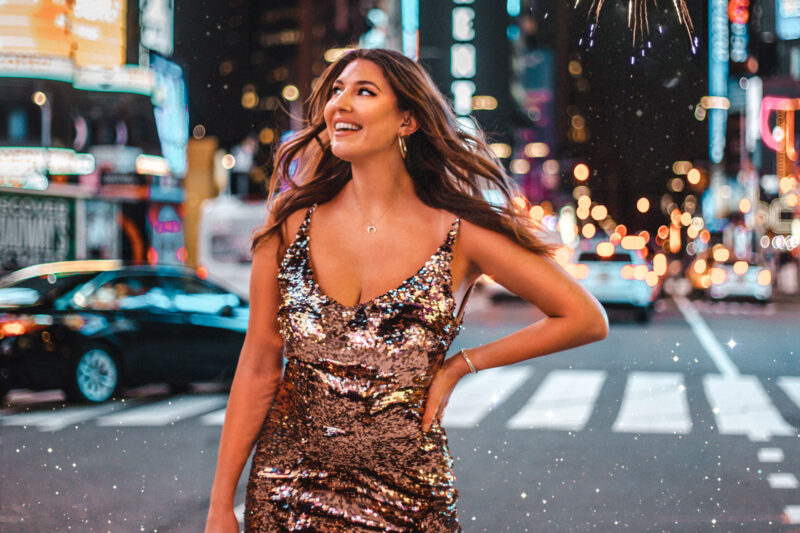
Direct eye contact with the camera lens can be powerful, creating a connection with the viewer. However, looking away from the camera can also create intrigue and a sense of candidness. Experiment with both direct gaze and averted eyes to see which works best for the mood of the photo.
Hands and Arms
What to do with your hands and arms can be perplexing. Let them complement your pose naturally. For a relaxed look, try slipping your hands into your pockets or loosely by your sides. For a more dynamic pose, interacting with your surroundings like leaning against a wall or holding onto a chair can add interest.
Legs and Feet: Foundations of Your Pose
Your legs and feet are the foundation of your pose. Shifting your weight to one leg creates a more relaxed stance. Crossing your ankles while standing can slim the lower body and add elegance. In seated poses, be mindful of how you position your legs to maintain a flattering angle.
Mastering Seated Poses
Seating poses offer a multitude of options. Sit at the edge of the chair to create a more elongated look. Avoid slouching; keep your back straight and shoulders relaxed. Crossed legs or ankles work well in seated poses, adding grace and structure.
The Role of Environment and Props
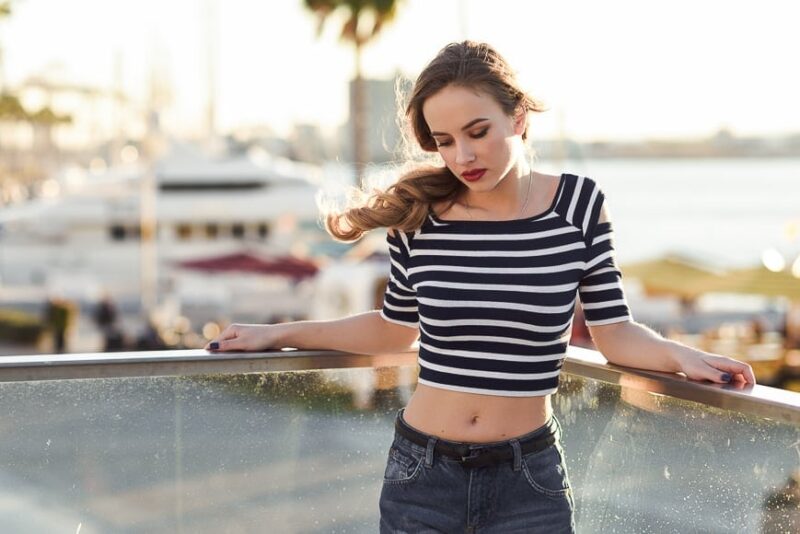
Your environment and any props can enhance your pose. Interacting with your surroundings, like leaning on a wall or sitting on a step, can make your pose look more natural and relaxed. Use props wisely; they should complement the photo, not distract from you.
Practice Makes Perfect
Lastly, practice is key. Experiment with different poses in front of a mirror or with self-timed photos. This practice will help you understand what works best for your body type and personal style.
Tailoring Poses to Your Personality
Photography is not just about looking good; it’s about expressing who you are. Tailoring your poses to reflect your personality can make a photo truly stand out. If you’re a playful person, don’t shy away from fun, quirky poses. If you’re more reserved, subtle and composed poses might suit you better. The authenticity of your pose greatly enhances the photo’s appeal.
Working with the Camera Angle
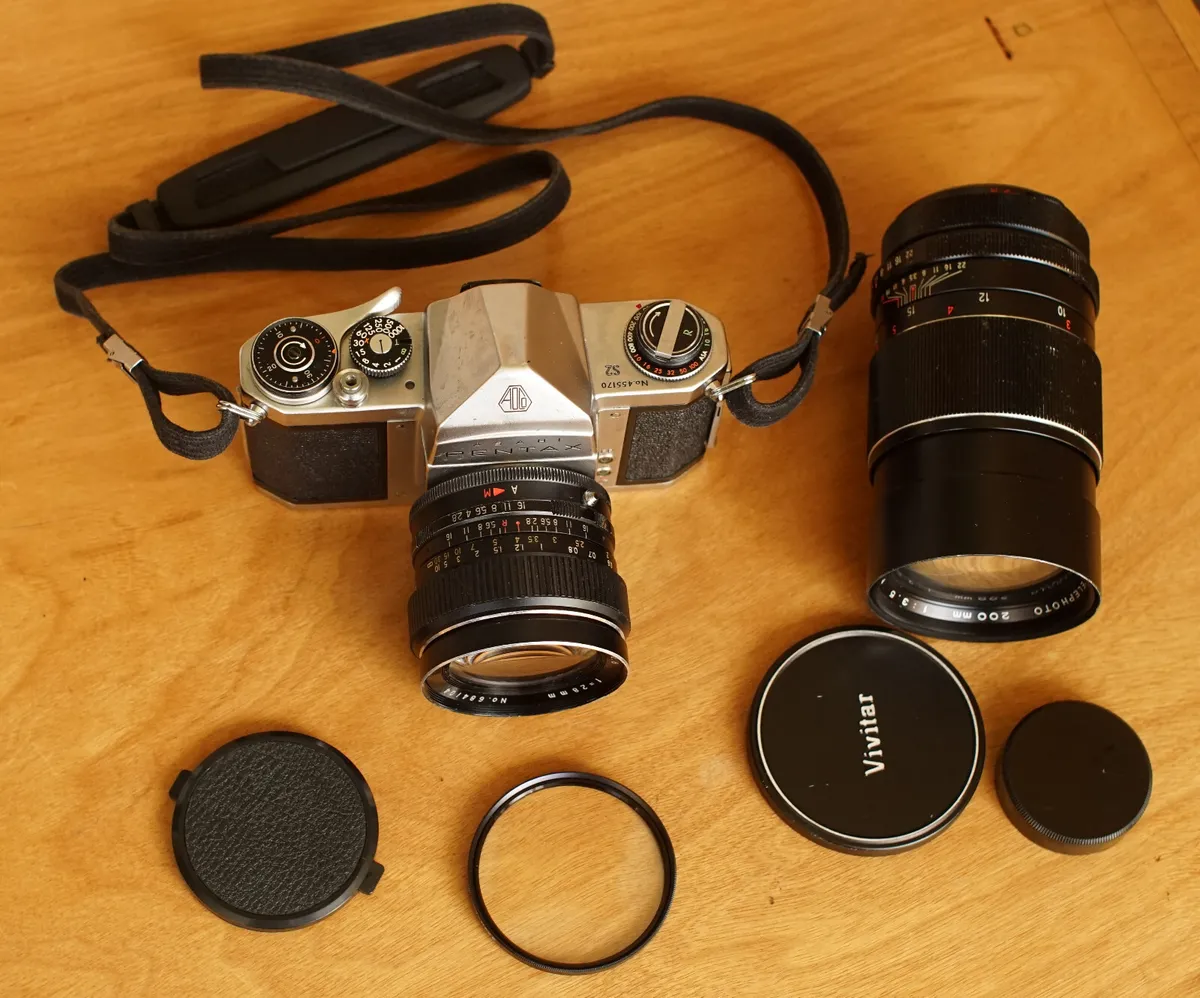
The angle of the camera can dramatically affect the outcome of your photo. High-angle shots can make you appear smaller, while low-angle shots give a sense of power and stature. Work with your photographer to find angles that flatter your body type and highlight your best features.
Finding Inspiration
Look for inspiration from various sources – celebrities, models, photographers, or even art. Notice how they pose, their body language, and expressions. However, remember to adapt these inspirations to your own style rather than copying them outright.
Creating a Narrative with Your Pose
Every pose tells a story. Think about the narrative you want to convey in your photograph. Are you aiming for a casual, relaxed vibe or a more formal, elegant tone? Your pose should align with the overall theme and mood of the photo.
Collaborating with the Photographer
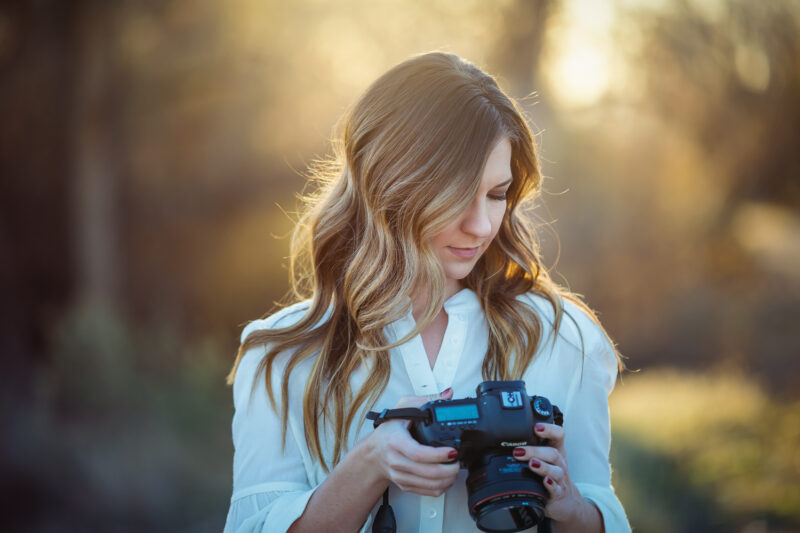
A good photographer can guide you to find poses that work best for you. Open communication is key. Discuss your preferences, concerns, and the purpose of the photoshoot. Their experience and perspective can be invaluable in finding poses that capture your best self.
Evolving Your Posing Skills
As you become more comfortable in front of the camera, continue to challenge yourself by trying new poses. Keep up with trends in photography, but always align them with your comfort and style. Evolving your skills will keep your photos fresh and exciting.
End Note
In essence, the art of posing is much more than just standing in front of a camera. It’s a means of expression, a way to tell a story, and a method to showcase your unique personality. By mastering these simple techniques and infusing them with your individual style, you’ll not only look better in photos but also capture the essence of who you are.

